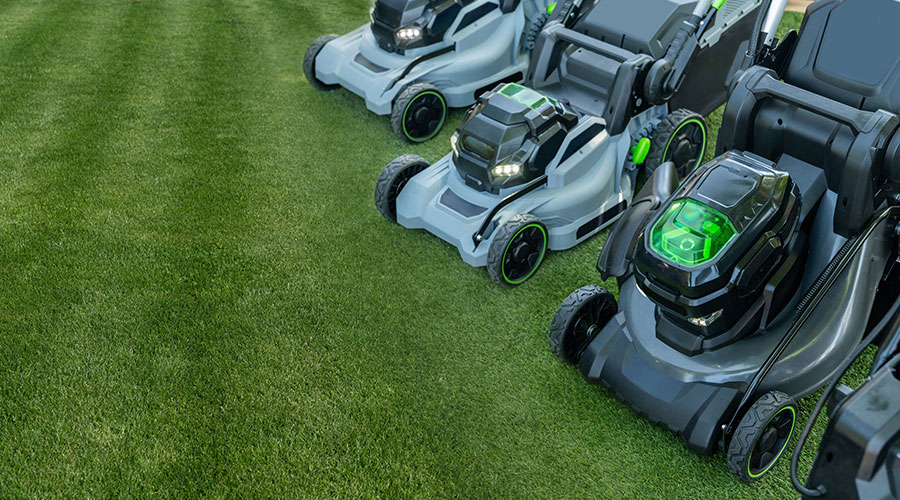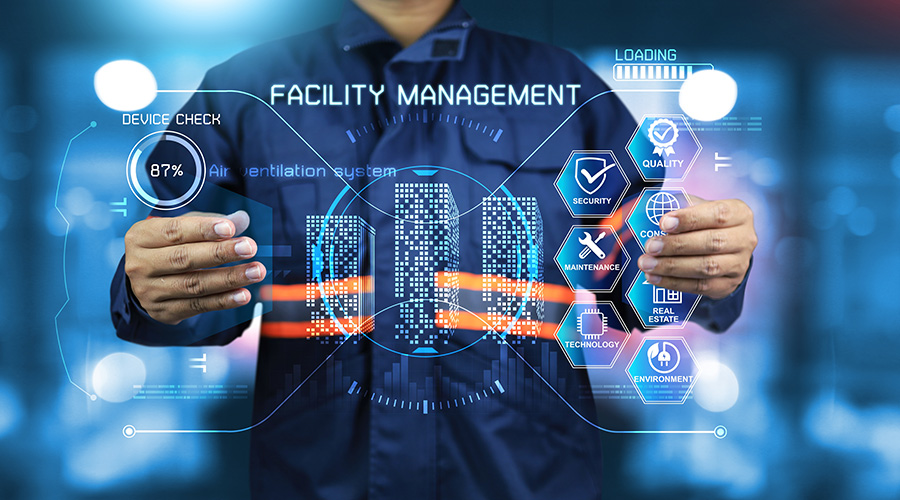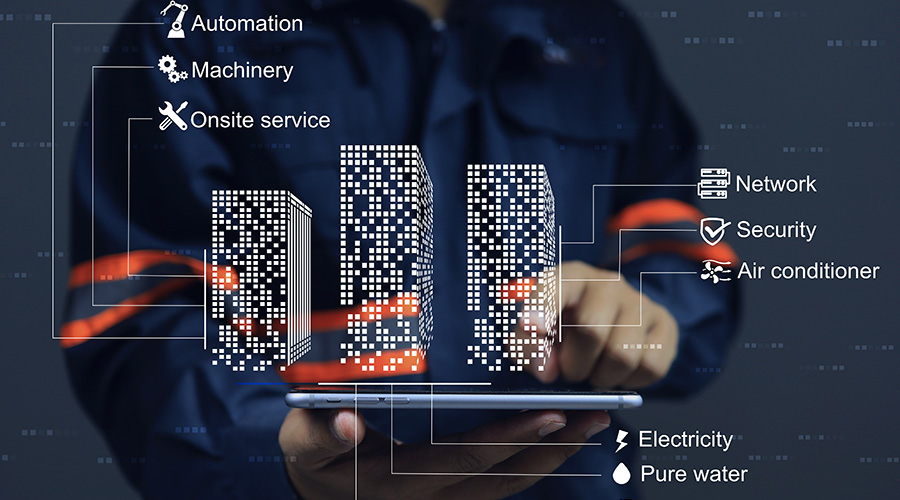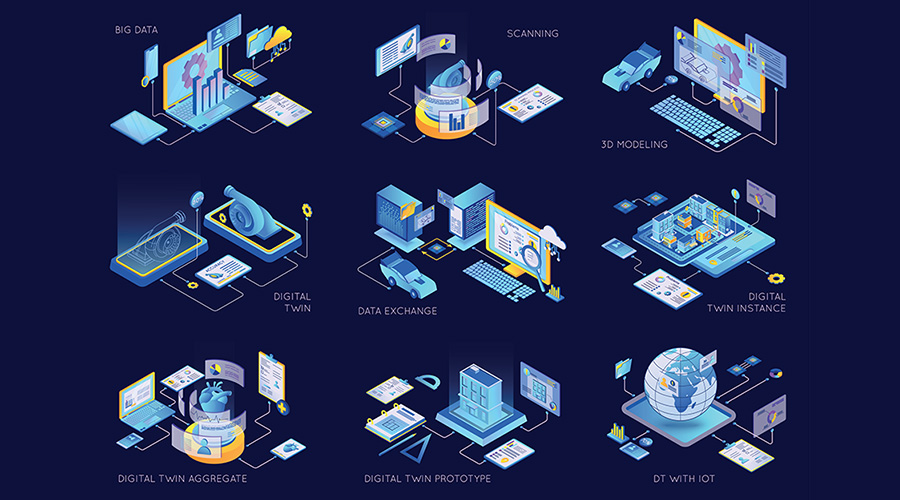Software, Hardware Options Expand Mobile CMMS Opportunities
Part two of a 4-part article on the benefits of mobile CMMS
The road to mobile CMMS has become more crowded in the last few years as software and hardware options have expanded, giving managers more opportunities to make the commitment.
In addition to the decision on software, managers must determine the most appropriate hardware choice based on their departments’ needs.
“We went to the iPads because the PDAs (personal digital assistants) technicians had been using had a small screen, and it was becoming difficult for the trades to view all the information we were trying to push out to them,” says Anand Sankey, director of engineering and maintenance services with Western Michigan University, whose 130-person department maintains 219 buildings with more than 8 million square feet. “We decided it was time to go to something else. We knew the PDAs were becoming obsolete, not to mention they were $1,000 apiece with about a three-year life cycle. We could get an iPad for $350-400, so we decided it was time for us to look for something better.”
The challenges of making the move to mobile go beyond software and hardware to include training and user morale. As with any change, the response to new mobile technology can range from resistant to enthusiastic, generally based on a user’s familiarity with similar technology.
“Reactions varied,” says Johnny Flores, senior facilities planning analyst with the University of Texas at San Antonio, whose department oversees 129 buildings on three campuses. “Some front-line technicians were using personal smartphones and tablets for home use, so the transition to the iPad was fairly easy. Some were unfamiliar with this new technology but came up to speed rapidly. Facilities offered a training program to accommodate these various levels of users with plenty of hands-on training, one-on-one support, and a gradual switch to the new processes.” The perils of the roll-out process emphasize the importance of user training.
“We were strategic in how we rolled it out,” Sankey says. “First, we created manuals because a manual is very important as a help tool. This came from five years of experience we had with the (technicians using) PDAs. We also decided to have a series of hands-on training sessions. We trained in groups of no more than eight people at a time and about two-three hours long because we learned that they needed the individual attention.
“The training was like a pyramid system. We trained a few people, and they trained others. But about five years prior to that, technicians had started using PDAs. We had the luxury of the benefit of having them kind of sensitized to the concept of mobile devices, so moving to iPads wasn’t a shock.”
Strong reactions are not uncommon in such evolving situations. One option for managers is to provide a variety of user-support options.
“People panicked, so we encouraged them to go to their peers to understand what’s going on,” Sankey says. “If they didn’t, we were more than happy to provide staff to make them comfortable. That was the key. Even if you have on-site training, you’re dead in the water if you don’t have IT support to fix things if they break because you lose credibility. We had both.”
Find out what CMMS developers have to say about the benefits and challenges of implementing mobile CMMS software, as well as a list of vendors of computerized maintenance management system software.
Related Topics:















